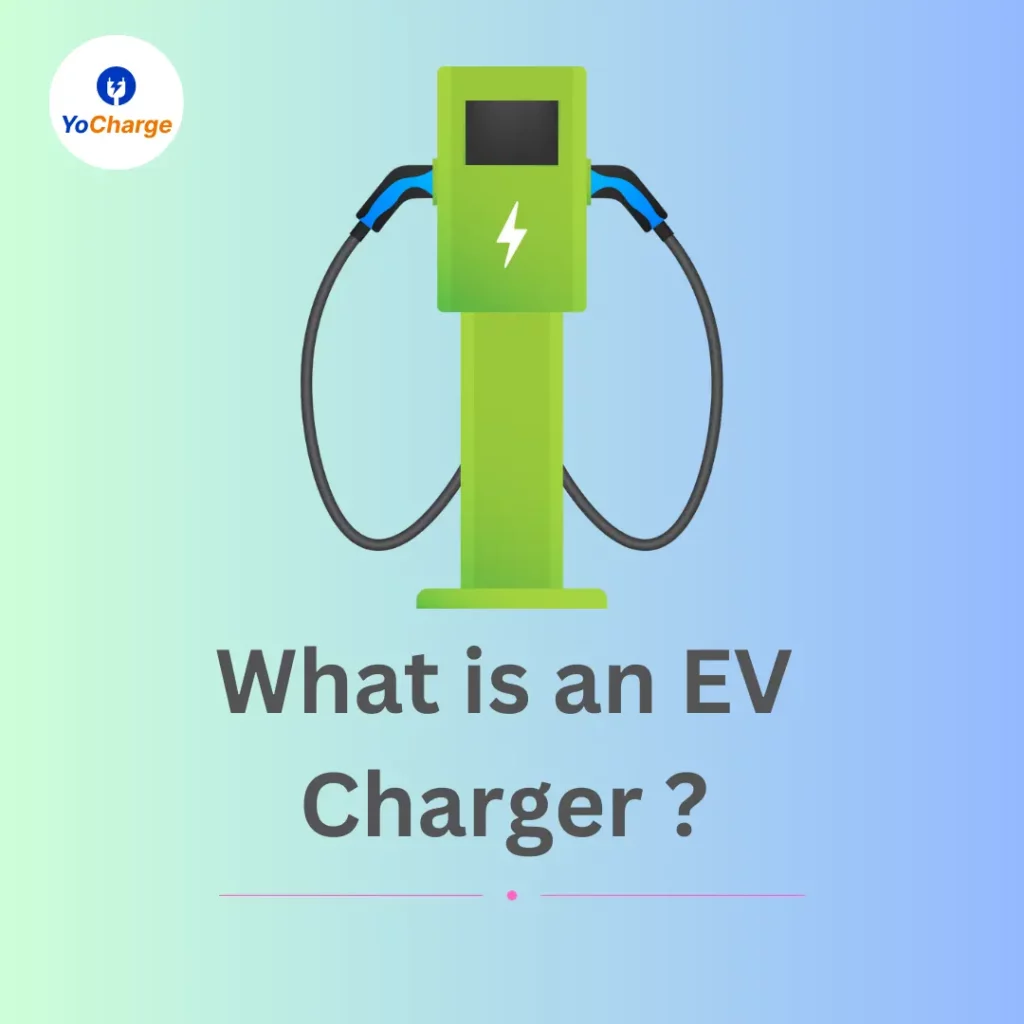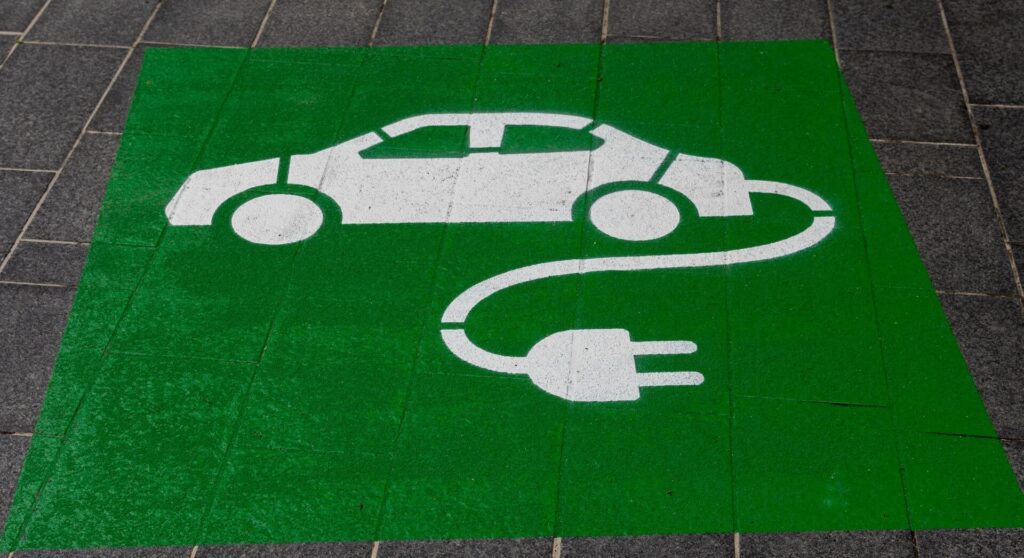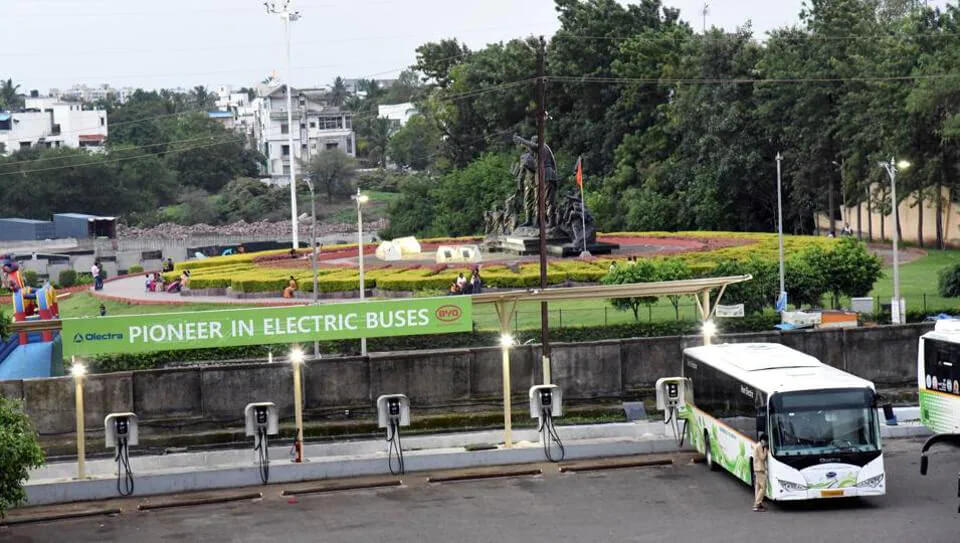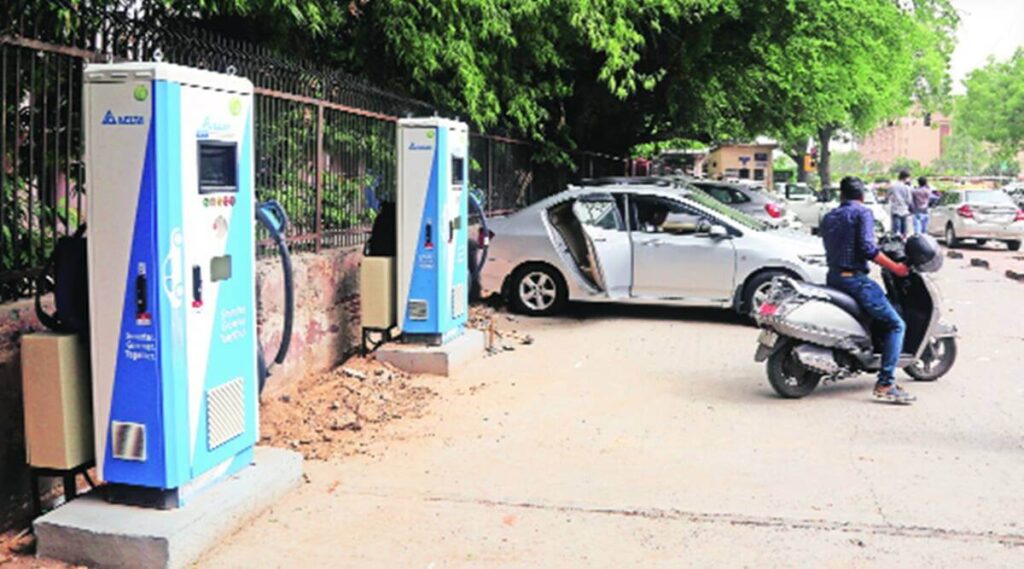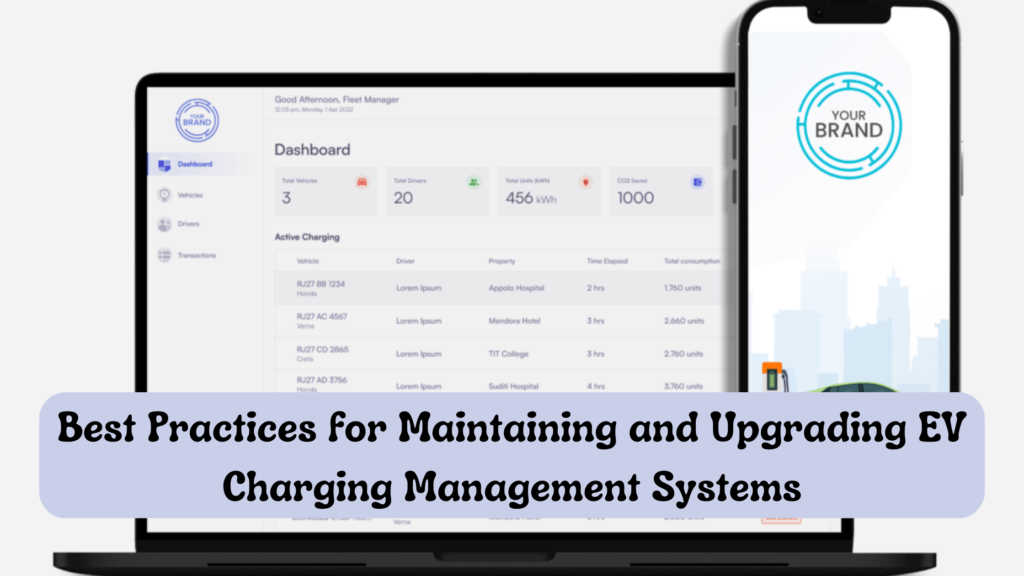
With the rise of EVs, the need for EV charging stations has become more important than ever before. Businesses and organisations have started to install EV charging management systems to cater to the needs of their EV-driving customers and employees. However, like any other technology, these charging management systems require regular maintenance and upgrades to ensure that they are functioning optimally. In this article, we will discuss the best practices for maintaining and upgrading EV charging management system in detail. By following these best practices, you can ensure that your EV charging management system is functioning efficiently, keeping up with the increasing demand, and meeting the needs of your customers and employees.
Best practices for maintaining and upgrading EV charging management systems
1. Regular Maintenance
Ensuring that your EV charging management system operates at its best relies heavily on regular maintenance. This involves periodic inspections for physical damage or wear and tear, scrutinizing electrical connections, and cleaning the charging station. Regular maintenance plays an essential role in minimizing the risk of malfunctions and guaranteeing that the charging station operates as intended.
2. Software Updates
Similar to other software, it is necessary to regularly update EV charging management systems to ensure they function correctly. These updates can consist of bug fixes, security patches, and the addition of new features. By ensuring the software is up-to-date, you can guarantee that the system operates efficiently and is shielded against possible security risks.
3. Testing and Troubleshooting
Testing and troubleshooting are indispensable aspects of maintaining an EV charging management system. It entails evaluating the system’s functionality under varying load conditions, ensuring that the charging station is charging at the appropriate voltage and amperage, and pinpointing any issues with the system to troubleshoot them proactively before they escalate into major complications.
4. Training and Support
It is crucial to provide adequate training to ensure that they possess the necessary skills to operate and maintain the EV charging management system. This encompasses familiarizing them with the usage of the system, identifying and resolving common issues, and executing fundamental maintenance tasks. Moreover, availing access to support resources can significantly aid in resolving any problems efficiently and promptly.
5. Upgrades and Expansion
With the increasing demand for EV charging stations, it might become imperative to expand or upgrade the charging management system. Such upgrades may involve the addition of more charging stations or upgrading the existing ones to faster-charging speeds. Such expansions and upgrades are essential to meet the rising demand for charging stations while ensuring the optimal functionality of the system.
6. Monitoring and Analytics
Critical maintenance components include monitoring and data analytics in EV charging management systems. This involves monitoring the usage of the charging stations, analyzing the data to identify trends and usage patterns, and using this information to make informed decisions about upgrades and expansions. By monitoring the charging system, you can ensure that it is operating efficiently and identify potential issues before they become more significant problems.
7. Compliance and Safety
Compliance and safety are essential aspects of maintaining an EV charging management system. You must ensure that your EV charging management system is compliant with all relevant safety standards and regulations. This includes ensuring that the system is properly grounded, electrical connections are correctly installed, and charging stations meet all relevant safety standards. Compliance and safety are critical components of maintaining an EV charging management system and ensuring the safety of your customers and employees.
Read More – Top 10 EV Charging Software Companies in 2024
Conclusion
Maintaining and upgrading an EVCMS requires regular maintenance, software updates, testing, training and support. Additionally, it also requires upgrades and expansion, monitoring and analytics, compliance, and safety. Following these best practices can ensure that your EVCMS is functioning correctly and efficiently, meeting the needs of your customers and employees, and contributing towards a more sustainable future. Remember, an efficient charging system can attract new customers, increase revenue, and help reduce your carbon footprint.
